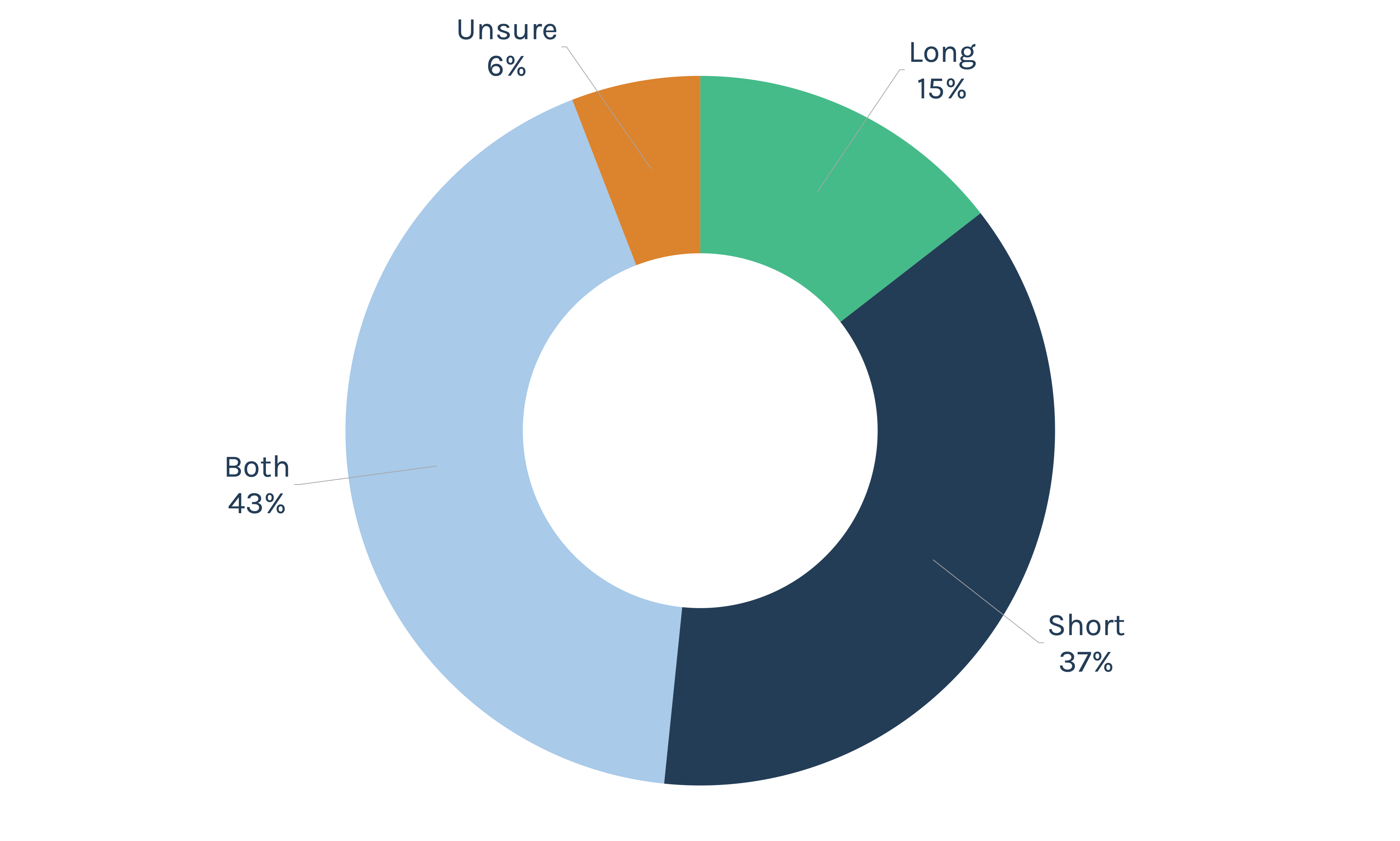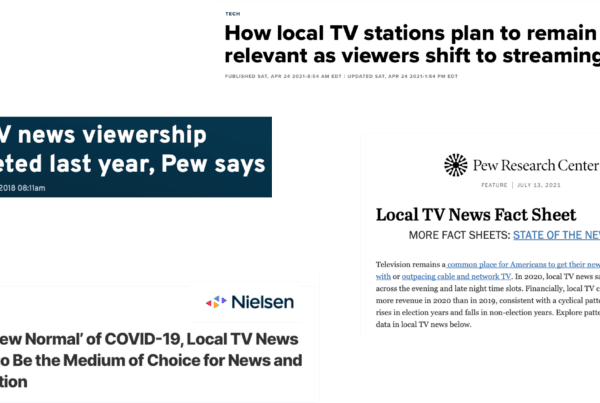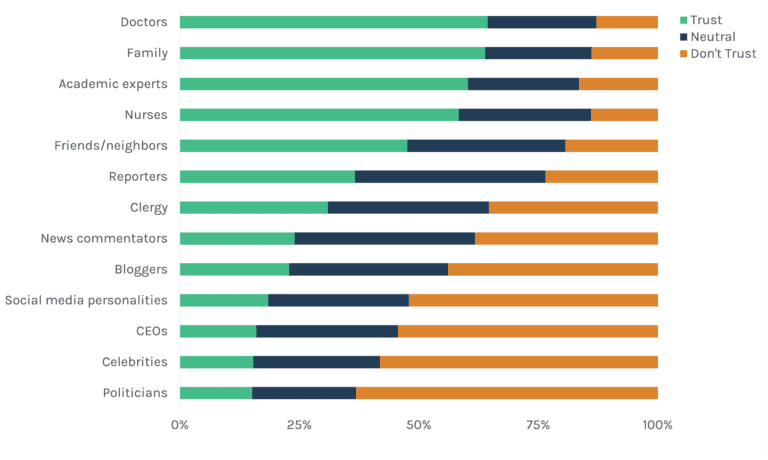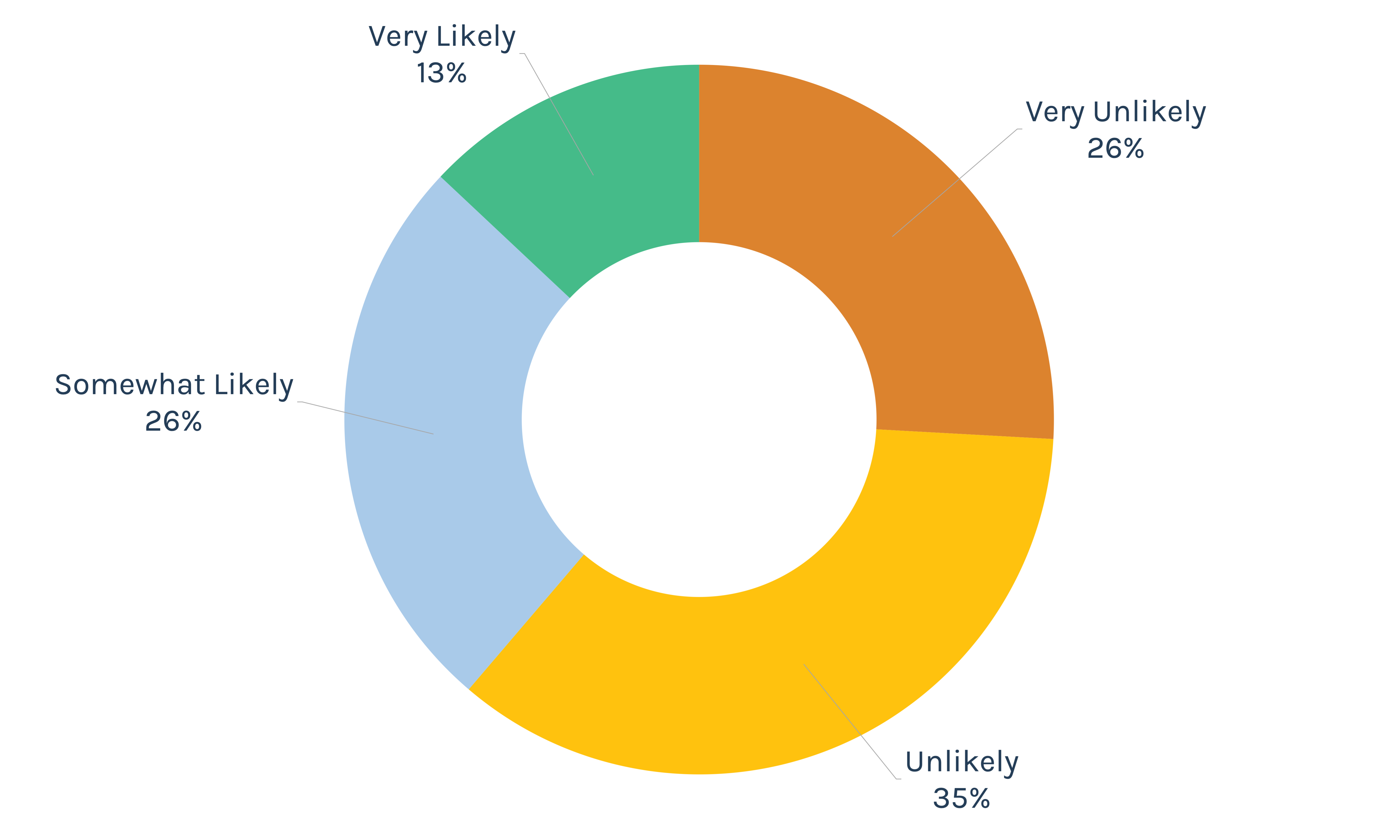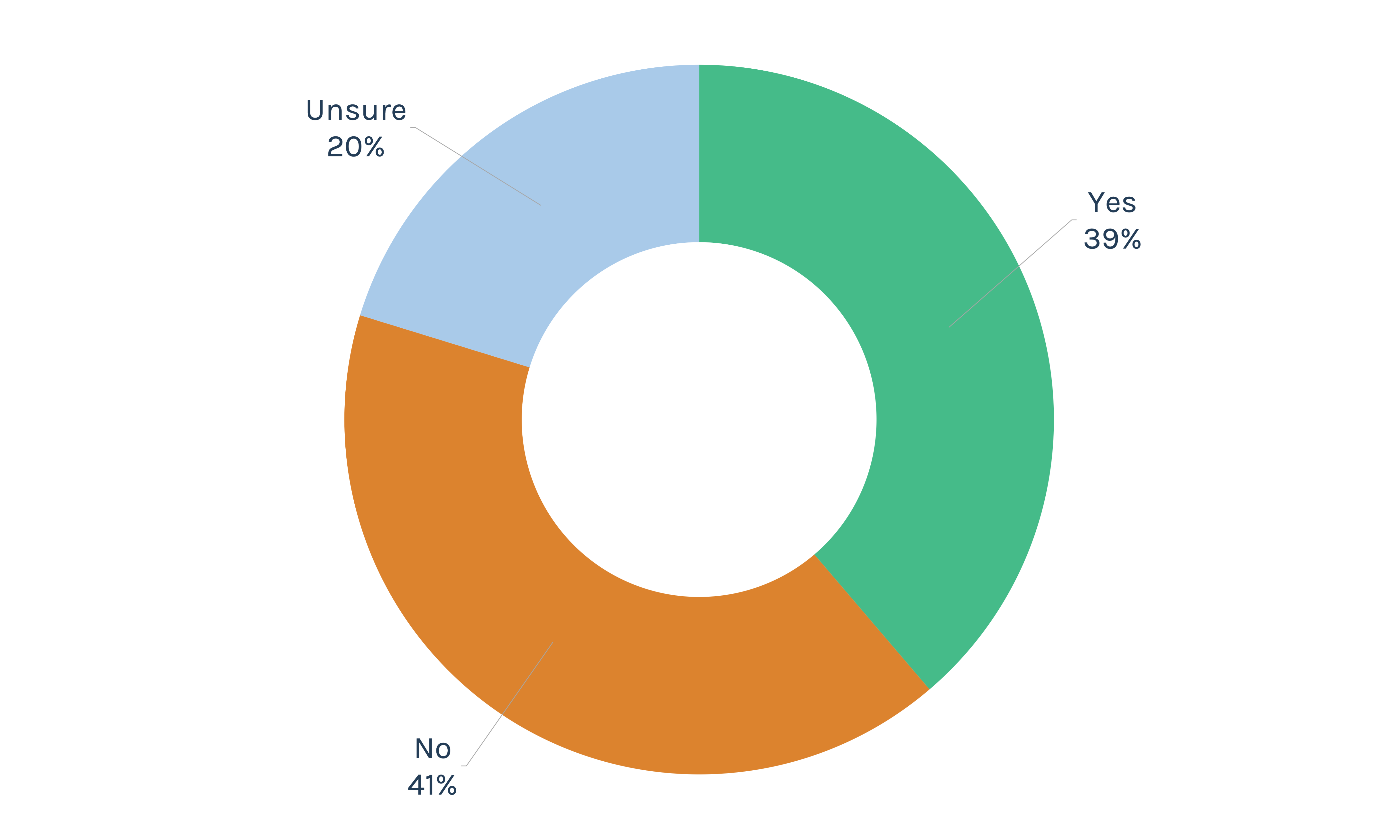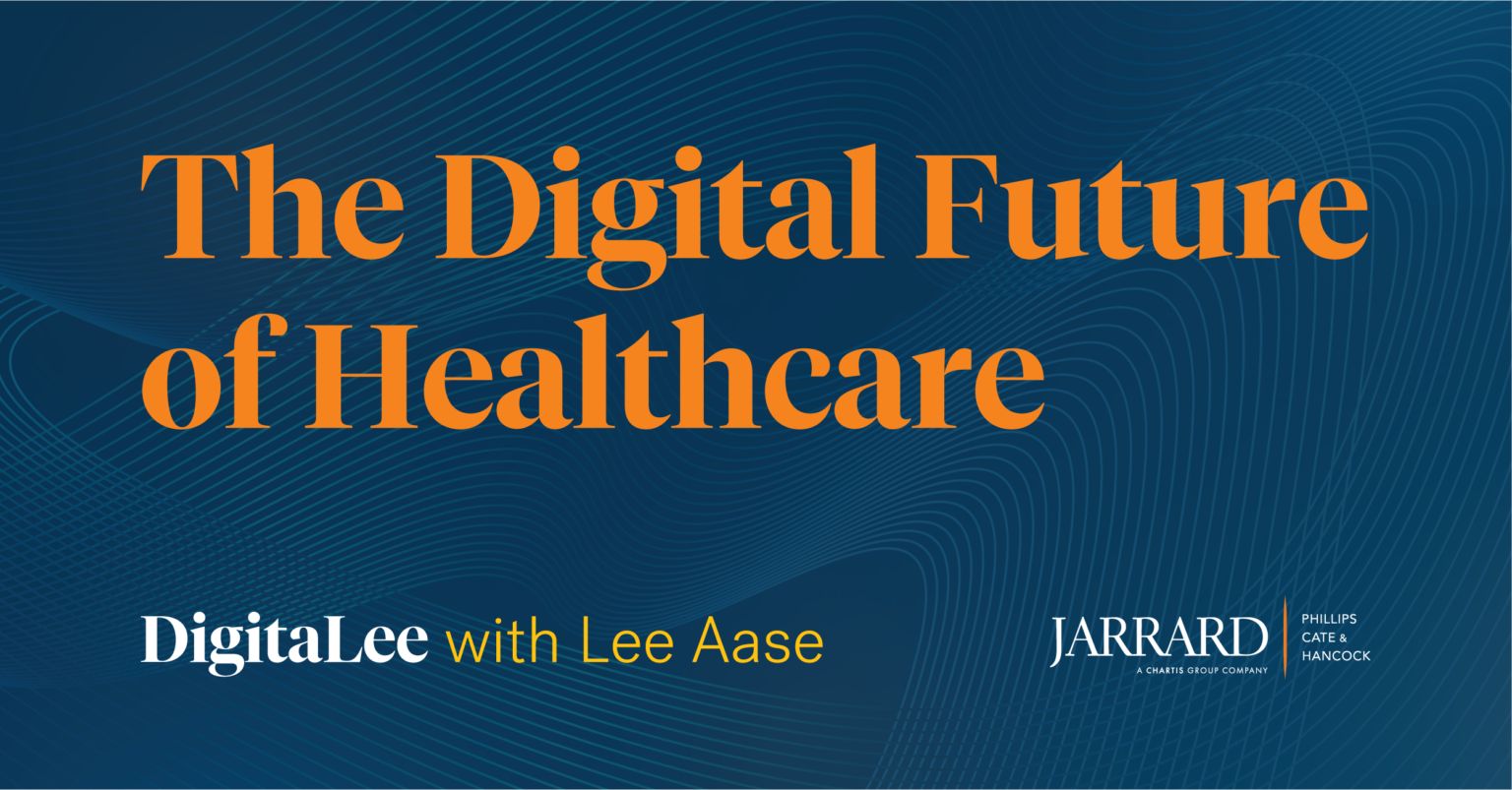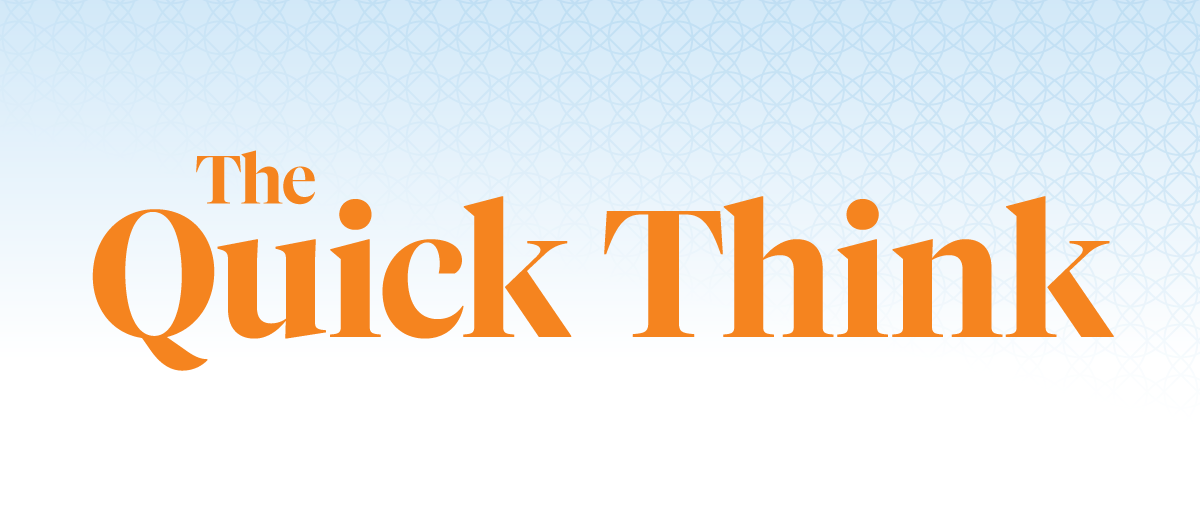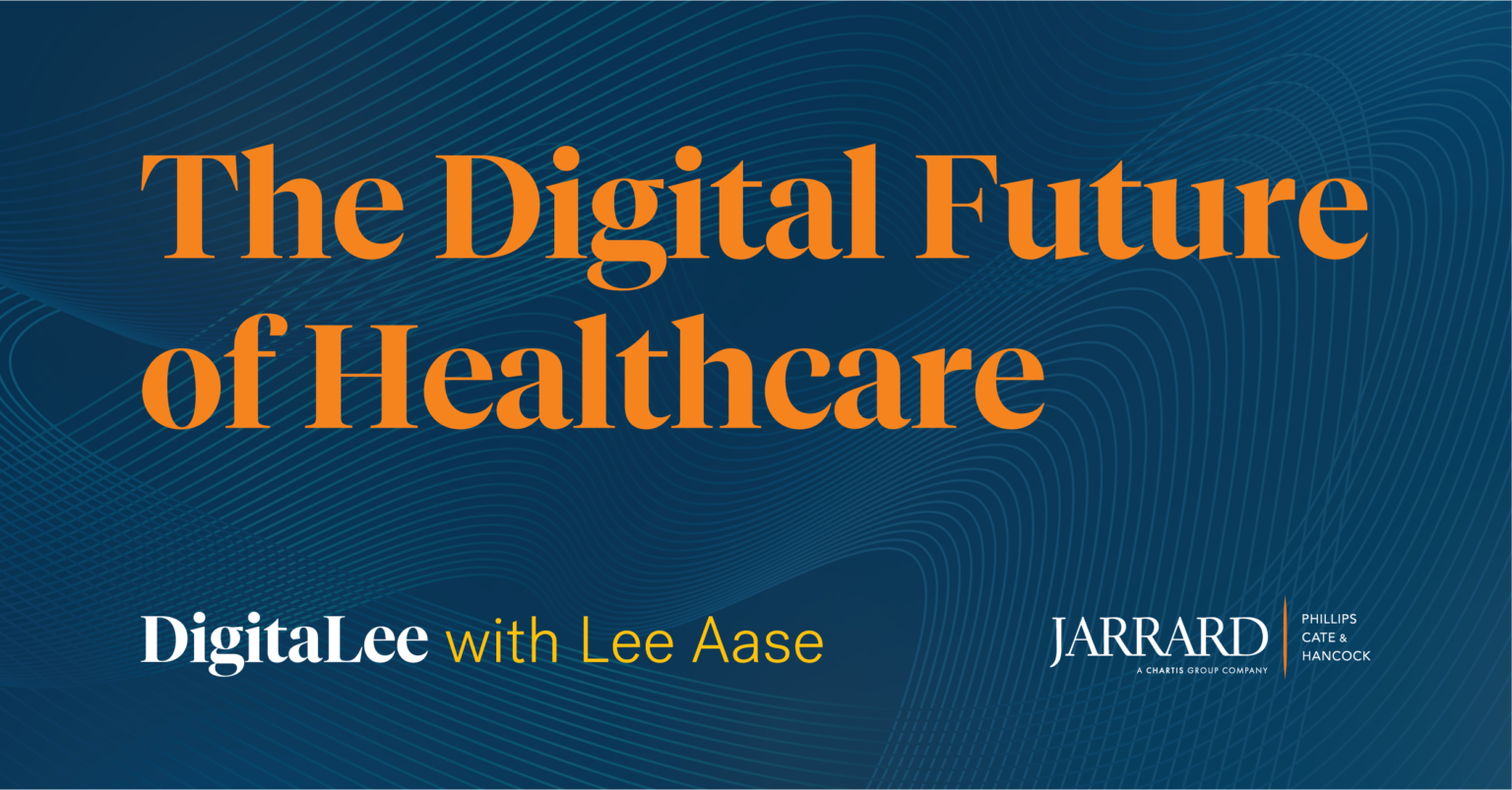
Welcome to DigitaLee, the podcast for healthcare marketers, where we look at the digital news, tools, tips and tricks for effective healthcare communications. This week, David Shifrin and Lee Aase are both confused by CVS moving into selling virtual healthcare goods. Once they get past that, they look at provider organizations planting the flag in the metaverse, and then it’s the second of our two-part digital ROI miniseries, this one on how healthcare marketers can position digital programming to justify the ROI.
Listen and subscribe to the podcast, or read the transcript below.
Episode Links
- Healthcare Finance News: CVS Files Patent to Sell Goods and Healthcare Services in the Metaverse
- Forbes: Amazing Possibilities of Healthcare in the Metaverse
Read the transcript
David Shifrin: I’ll be honest. I’m confused by this story today. It’s from Healthcare Finance News and it’s, you know, I’m confused, but got to talk about it. I want to talk about it. “CVS Files Patent to Sell Goods and Healthcare Services in the Metaverse.” And when you read through the article, it’s not exactly clear exactly what CVS is going to be selling, because if I fall and slice my hand open, I don’t need a metaverse stitching and bandage, I need an actual emergency room. But this is continuing with this rapid rise in stories that we’re seeing about what the metaverse is doing and can do. And of course, Facebook has rebranded to become Meta and virtual reality is here and expanding.
So yeah, what is your take on digital goods and services?
Lee Aase: Yeah, I thought I was confused by it as well, because it says, you know, “CVS Health wants to trademark its logo, establish an online store, create downloadable virtual goods ranging from prescription drugs to beauty and personal care products.” I’m thinking, are we going to have a virtual opioid crisis?
Or what’s the deal? Just like, how does virtual work in that? So I’m not really sure. I think there’s, I mean when it really gets down to it, I think some of the telepresence stuff that was talked about in the other article that we’ll be talking about, and I apologize for jumping ahead with it, but it seems like the, it seems like the immersive experiences for really making that virtual connection be much more like face-to-face.
And perhaps even in some ways because you can have some digital measurement sensors attached with them, I think there are some opportunities to really enhance that experience. I think the main thing, the main thing out of this story is something that does relate to what I’ve advocated for a long time, is that when a platform comes out that it’s really important for big brands to be staking their claim, you know, that they don’t want somebody else to be squatting on their name.
We had an experience when I was at Mayo Clinic that we had, there was a British rock band that set up a page on MySpace called Mayo Clinic and the band’s name was Mayo Clinic from County Mayo in Ireland. And they thought that was cute, I guess, but so that gave us some impetus for being able to say hey, we should set up… This was back when Facebook pages were the new thing. We said let’s set up a page on Facebook to make sure that nobody else claims that. So I think this is just sort of taking that next step on the legal front, that where CVS is saying, okay, metaverse is going to be a thing, so let’s at least stake our claim here, and set out the stakes that we are CVS in the metaverse and nobody else can use that.
David Shifrin: So it’s protective as much as it is proactive.
Lee Aase: I kind of think…so, I mean, that’s what it looks like to me because I have a hard time wrapping my head around how virtual goods can be. I can see virtual services totally. But virtual goods seem a little bit disconnected.
David Shifrin: Yeah. Well, and the article also mentioned that they’re talking about potentially selling NFTs, non-fungible tokens, which is a whole other Pandora’s box that we’re not going to get into right now, but that’s the other big thing. And again, personally I don’t see the value in buying any, I don’t know what kind of NFT CVS is going to offer me that’s going to make me want to spend the money, Bored Ape Yacht Club isn’t even enough to get me interested. So I don’t know what CVS is, but…
Lee Aase: Yeah, I think there’s, you know, NFT and then there’s another acronym that uses both T and F as well, but maybe kinda…
David Shifrin: I think we found the title for this episode.
All right. Before this goes off the rails Lee, let’s move into the second section which, as you telegraphed, is more on the metaverse, again not really a platform specifically, but a digital place. This is from a Forbes contributor named Bernard Marr who writes on enterprise tech. The title is “Amazing Possibilities of Healthcare in the Metaverse” which got us thinking again, the metaphor as a place, as a platform of sorts. There’s sort of three areas that Marr references: telepresence, which you’ve mentioned, digital twins, which is really interesting, and then blockchain technology, which we hinted at there with talking about NFTs, but you know, some of this stuff is pretty immediate—I think like the telepresence of being able to offer telehealth visits in the metaverse or simply just by good old fashioned Zoom call. And then some of it like the digital twins is incredibly fascinating and I think promising, but a much longer play. This is mapping people’s genetics, so they can, we can experiment virtually and to see how we’re going to respond to treatment. So what are you looking at as the metaverse continues to get more, more traction?
Lee Aase: Yeah. I mean, I definitely think the telepresence part has a lot of application right away. And I think that’s where organizations could, especially in things like counseling and therapy sort of approaches, be able to have that much more immersive experience; to have it be much more like being there would be I think that’s a no brainer. And then, and finding…so I’d suggest that for organizations, finding someone, finding an advocate within the organization, within the clinical areas, who’s really interested in applying this, coming around them and helping them to prove the concept and show the value I think is really a good opportunity.
The digital twinning does sound fascinating. I just think it’s hard to…I think it’s problematic in just even as you note, as you map the whole genome, how do you know exactly whether you’re taking into account the right factors as you’re fast forwarding through 10 years, about what happens with, you know, the whole idea of like, you take a twin and you say, okay, maybe you could run a thousand simulations and be able to then come up with a… Actually as I think it through, I think that might be it, the Monte Carlo simulation with digital.
So it’s not just digital twins, it’s digital…you’re creating a population out of the twins. So just as with Moore’s law and the power of computing increasing exponentially, probably eventually at some point you’d be able to run those sorts of simulations that might give you a better sense of what the range of possibilities would be, given a different intervention.
David Shifrin: Okay. In the meantime of that while the scientists and the data folks are trying to figure out how to do all of that – and we just talked about kind of staking a claim in wherever you are as an organization – the metaverse becoming a more powerful place for brands to engage.
And so any other prep work that folks should be thinking about? Whether that’s with HIPAA compliance, training clinicians to be thinking about one day possibly entering virtual reality to deliver telehealth, anything along those lines?
Lee Aase: As I alluded to a little earlier, I think the key is to find the champions, to find the early adopters who are willing to experiment and learn. Willing to help sort out what the issues are going to be, so that then the organization can apply it on a broader scale.
So it’s part, and this kind of relates, probably segues into our ROI discussion for this time, that, as I mentioned before in my thesis, that as the I approaches zero ROI approaches infinity. One of the big ways that you keep the I low is by getting people to volunteer—by getting people who are already on staff to say wow, this is really cool and I want to focus my energy on this. I’m willing to dive in and put in my own effort on it.
And so that’s that kind of makes the organization more like a startup, you know, even an established organization where you’ve got a lot of people that are psychically betting on exercising options, so to speak. I mean, they’re trying to, they’re creating some psychic ownership in a new trend and because of the personal satisfaction that they get out of leadership in an area like that. So I think finding, identifying and recruiting people from within the organization that you already have to say would you like to play? would you like to be involved in this? is a way to be able to demonstrate that the potential to demonstrate the return without a major outlay of additional resources so that you can prove the concept and then hopefully make the case for a broader adoption.
David Shifrin: Okay, in our next conversation, we may, maybe we’ll talk about kind of setting up how you set up a sandbox with enough guardrails to be careful but also giving people the freedom to test that out.
In the meantime: digital ROI part two and talking about how healthcare marketers position digital programming to justify that ROI.
And you’ve talked about it last time, and then just before this is the last thing you said there was hopefully take the results on to the rest of the organization and leadership and show the value. What does that look like? How should digital marketers think about helping to get their leadership teams bought into these programs that they’re testing out?
Lee Aase: I think the first thing is they have to be solving a real problem that the organization is either spending money on now or creating new opportunities for generating income. So it’s either, how can you concretely save money through some of these digital innovations?
So for instance, if it’s telepresence, okay, you’re saving time on travel in between meetings and you’re enabling people to be able to be more…have less overhead in terms of those face-to-face relationships and interactions. So figuring out ways that you can measure and make the case for that, for the savings that are coming there. But then also beyond that in testing and learning and seeing where the additional revenue opportunities are, and by trying this out are we able to make additional connections that will lead to patient volume, will lead to memberships or whatever the model is of acquisition?
David Shifrin: Alright, Lee, well, thanks!

